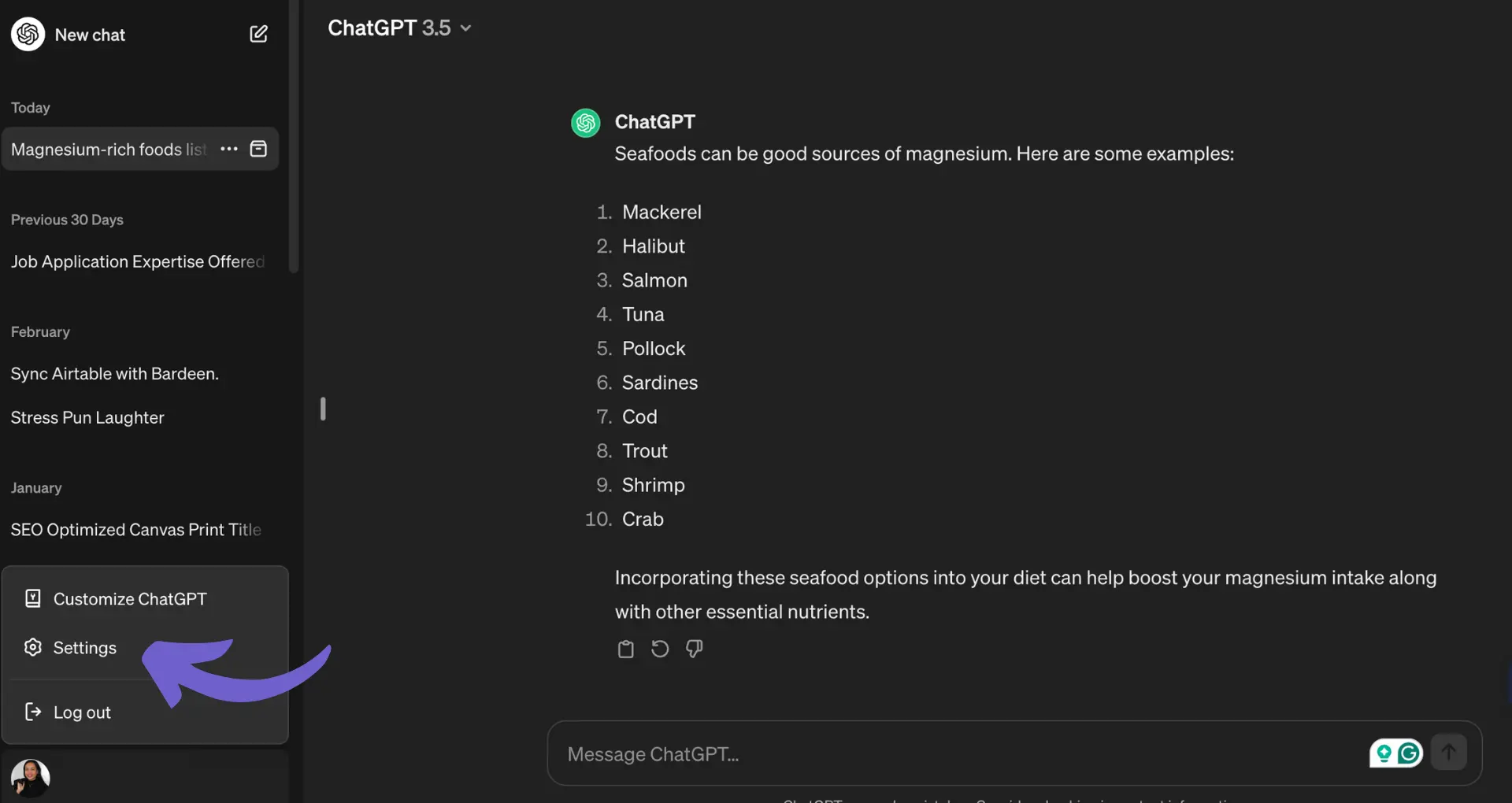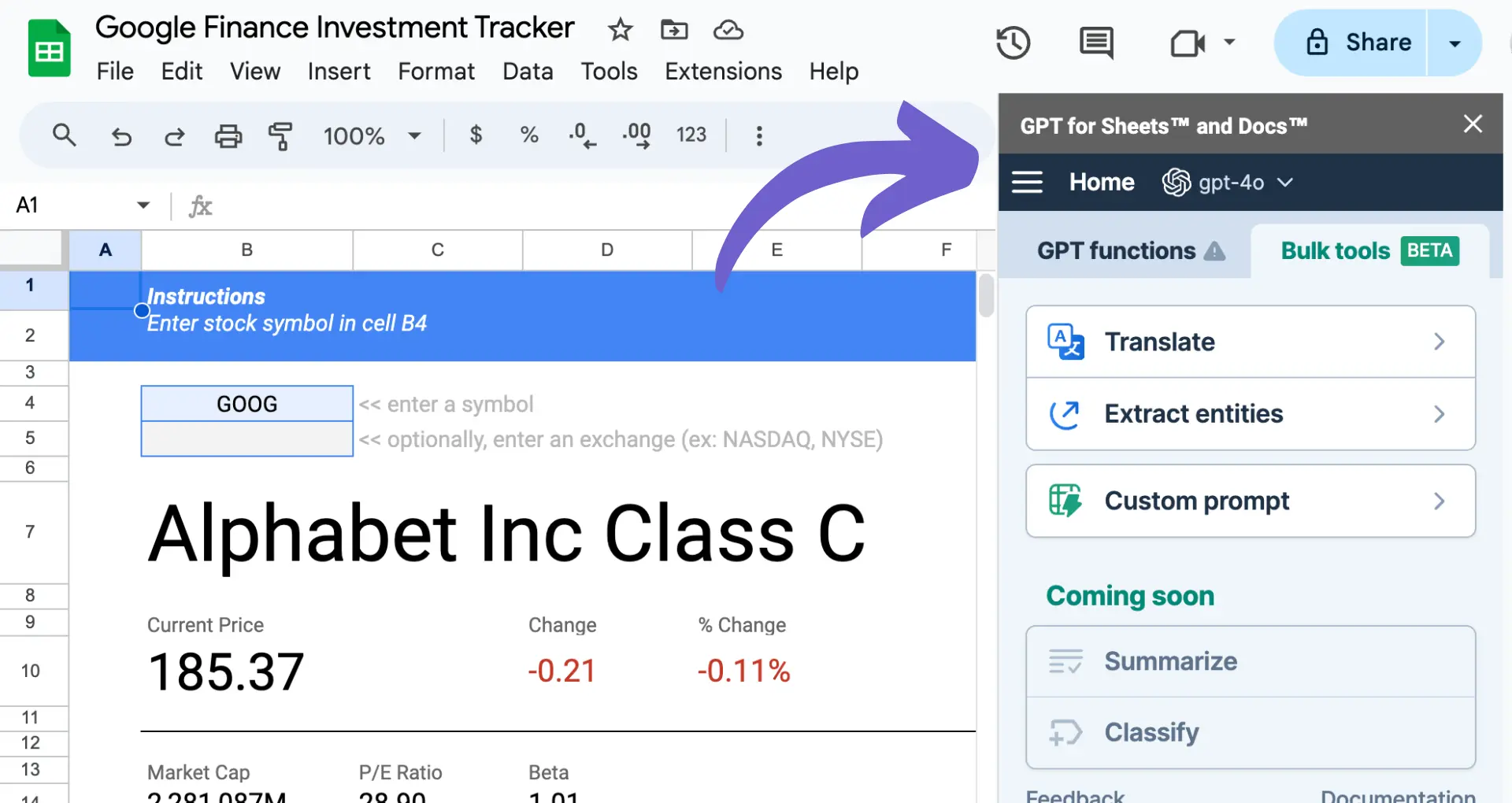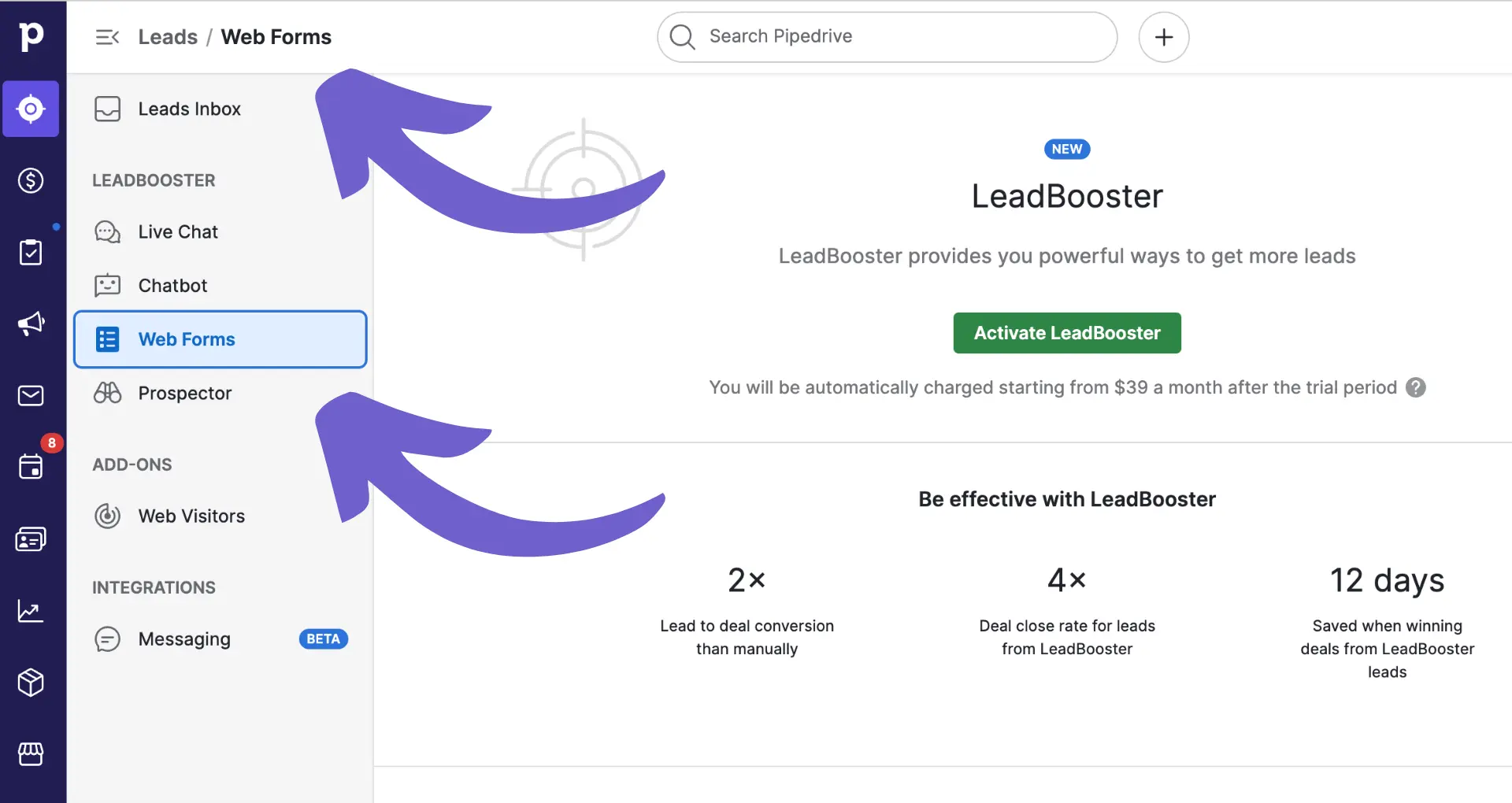Process automation is revolutionizing how businesses operate, enabling them to streamline workflows, reduce costs, and improve efficiency. By leveraging advanced technologies like artificial intelligence (AI) and machine learning, companies can automate complex processes and make data-driven decisions. In this article, we'll explore the world of Business Process Automation (BPA), its relationship with Robotic Process Automation (RPA), and the strategies for successful implementation.
Understanding Business Process Automation (BPA)
Business Process Automation (BPA) is the use of technology to automate repeatable, multistep business transactions. It streamlines workflows, reduces manual effort, and minimizes errors. BPA solutions are typically complex, integrated with multiple IT systems, and tailored to an organization's specific needs. Learn how to automate sales prospecting with Bardeen.
BPA automates various processes, such as:
- Invoicing and order fulfillment
- Customer onboarding
- Supply chain management
- HR tasks like employee onboarding
- Data entry and management
By deploying a reusable and extendable automation strategy, organizations can:
The Role of AI and Machine Learning in BPA
Artificial Intelligence (AI) and Machine Learning (ML) are transforming Business Process Automation (BPA) by enabling smarter decision-making and improved efficiency. These technologies enhance BPA in several ways:
- Automated data extraction and analysis from various sources
- Intelligent process discovery, modeling, and optimization
- Predictive analytics for proactive decision-making
- Anomaly detection and real-time process monitoring
- Chatbots and virtual assistants for improved customer service
AI-driven BPA is revolutionizing industries like healthcare and finance. In healthcare, AI algorithms can analyze patient data to predict outcomes, streamline clinical workflows, and improve care delivery. For example, ML models can identify high-risk patients, optimize resource allocation, and automate administrative tasks.
Save time and focus on patient care by using Bardeen to automate enrichment and qualification. Integrate with Google Sheets and CRMs for efficient data management.
In finance, AI enhances fraud detection, risk assessment, and customer service. ML algorithms can analyze transaction patterns to detect suspicious activities, assess credit risk, and automate loan approvals. AI-powered chatbots handle customer inquiries, provide personalized recommendations, and improve overall customer experience.
Leading BPA platforms like Red Hat and SAP are integrating AI capabilities into their tools. AI and automation in these platforms enable end-to-end process automation and cognitive decision-making.
By combining AI and ML with BPA, organizations can achieve unprecedented levels of efficiency, agility, and customer satisfaction. However, implementing these technologies requires careful planning, data quality management, and continuous improvement to realize their full potential.
Comparing BPA with Robotic Process Automation (RPA)
While Business Process Automation (BPA) and Robotic Process Automation (RPA) are both essential tools in the automation landscape, they serve different purposes and are suitable for different types of tasks. Understanding the distinctions and connections between BPA and RPA is crucial for organizations looking to optimize their automation strategies.
RPA is best suited for automating simple, repetitive, and rule-based tasks that require minimal decision-making or exception handling. These tasks often involve structured data and readable inputs, such as data entry, file transfers, or transaction reconciliation. RPA bots can work tirelessly around the clock, freeing up human workers to focus on more complex and value-added activities.
On the other hand, BPA is designed to handle complex workflows that span multiple systems, departments, and stakeholders. AI web scraping tools can integrate with BPA platforms to streamline end-to-end processes, such as customer onboarding, claims processing, or supply chain management. BPA enables organizations to model, optimize, and monitor their processes, ensuring consistency, compliance, and continuous improvement.
While RPA can be a standalone solution for specific tasks, it is most effective when integrated into a broader BPA strategy. Red Hat, a leading provider of open-source solutions, emphasizes the importance of using RPA in conjunction with BPA for enhanced automation. By combining the task-level efficiency of RPA with the process-level orchestration of BPA, organizations can achieve greater agility, scalability, and resilience in their operations.
In summary, RPA is a tactical tool for automating specific tasks, while BPA is a strategic approach for optimizing entire processes. Automate sales prospecting to leverage the strengths of both technologies, unlocking the full potential of automation and driving digital transformation across your enterprise.
Implementation Strategies for Process Automation
Implementing a successful Business Process Automation (BPA) solution requires careful planning and execution. Here are the key steps involved in the implementation process:
- Planning and selection: Begin by defining clear goals and objectives for your BPA initiative. Identify the processes that are most suitable for automation based on their repetitive nature, complexity, and potential for efficiency gains. Evaluate different BPA tools and platforms to select the one that best aligns with your requirements and IT infrastructure.
- Process mapping and analysis: Conduct a thorough analysis of the current processes and workflows. Map out each step, identifying bottlenecks, inefficiencies, and areas for improvement. This step helps in understanding the as-is state and designing the to-be automated process.
- Solution design and development: Based on the process mapping and analysis, design the automated workflows and processes. This involves defining the business rules, integrations, and user interfaces. Develop the BPA solution using the selected tools and platforms, ensuring it meets the functional and non-functional requirements.
- Testing and validation: Before deploying the BPA solution, conduct rigorous testing in a controlled environment. Test various scenarios, edge cases, and exception handling to ensure the solution works as intended. Validate the automated processes against the defined goals and objectives.
- Deployment and training: Once the BPA solution is tested and validated, deploy it in the production environment. Provide comprehensive training to the employees who will be using the automated processes. Ensure they understand how to interact with the system and handle any exceptions or errors.
- Monitoring and optimization: Continuously monitor the performance of the automated processes using predefined metrics and KPIs. Identify any bottlenecks or areas for further optimization. Gather feedback from users and stakeholders to make necessary improvements and enhancements to the BPA solution.
During the implementation process, businesses may face several challenges, such as:
- Integration with existing systems: Ensuring integration with existing systems can be complex, especially if there are legacy systems or disparate data sources involved.
- Change management: Implementing BPA often requires significant changes to existing processes and workflows. Overcoming resistance to change and ensuring employee buy-in is crucial for successful adoption.
- Data quality and governance: Automated processes heavily rely on accurate and consistent data. Ensuring data quality and establishing proper data governance mechanisms is essential to avoid errors and inconsistencies.
To mitigate these challenges, businesses can leverage best practices and lessons learned from successful BPA implementations. For example, Red Hat has helped numerous customers across industries implement BPA solutions. One such success story is that of a large financial services company that automated its account opening process using Red Hat's BPA platform. By automating the process, the company reduced the account opening time from several days to just a few hours, improving customer experience and operational efficiency.
In conclusion, implementing a BPA solution requires a well-defined strategy, careful planning, and execution. By following the steps outlined above and learning from the success stories of other organizations, businesses can overcome the challenges and realize the full potential of process automation.
Bardeen can help streamline your automation processes. Explore sales prospecting tools to save time and increase productivity.
Future Trends in Business Process Automation
As technology continues to evolve, the future of business process automation (BPA) looks promising. Here are some of the upcoming innovations and trends that are set to reshape industries:
- Predictive analytics: By leveraging historical data and machine learning algorithms, BPA solutions will be able to predict potential bottlenecks, resource constraints, and process inefficiencies. This will enable businesses to proactively optimize their processes and make data-driven decisions.
- Internet of Things (IoT) integration: The integration of IoT devices with BPA systems will allow for real-time monitoring and automation of physical processes. For example, sensors in a manufacturing plant can trigger automated maintenance workflows when equipment performance falls below a certain threshold.
- Artificial Intelligence (AI) and Machine Learning (ML): AI and ML will play a crucial role in enhancing BPA capabilities. These technologies will enable systems to learn from past data, adapt to changing conditions, and make intelligent decisions. This will result in more efficient and accurate automation of complex processes.
- No-code and low-code platforms: The rise of no-code and low-code BPA platforms will democratize process automation, allowing business users with little to no technical expertise to create and manage automated workflows. This will accelerate the adoption of BPA across organizations.
- Robotic Process Automation (RPA) and BPA convergence: The convergence of RPA and BPA will enable end-to-end automation of processes, from simple tasks to complex workflows. This combination will provide a comprehensive solution for automating both structured and unstructured data processes.
As these technologies mature and become more widely adopted, industries will experience a significant shift in how they operate. Some potential impacts include:
- Increased efficiency and productivity: Automated processes will run faster, with fewer errors and less manual intervention, leading to improved operational efficiency and productivity.
- Enhanced customer experiences: BPA will enable businesses to respond to customer needs more quickly and accurately, resulting in higher customer satisfaction and loyalty.
- Greater agility and adaptability: With automated processes in place, organizations will be better equipped to adapt to changing market conditions, regulatory requirements, and customer demands.
- Cost savings: Automation will reduce labor costs, minimize errors, and optimize resource utilization, resulting in significant cost savings for businesses.
Industry leaders and analysts predict that the adoption of BPA will continue to accelerate in the coming years. According to a report by Grand View Research, the global business process automation market is expected to reach $19.6 billion by 2026, growing at a CAGR of 12.2% from 2019 to 2026.
As organizations seek to remain competitive and agile in the digital age, embracing these emerging trends in business process automation will be crucial. By leveraging predictive analytics, IoT, AI, and other advanced technologies, businesses can unlock new levels of efficiency, adaptability, and growth in the years to come.






